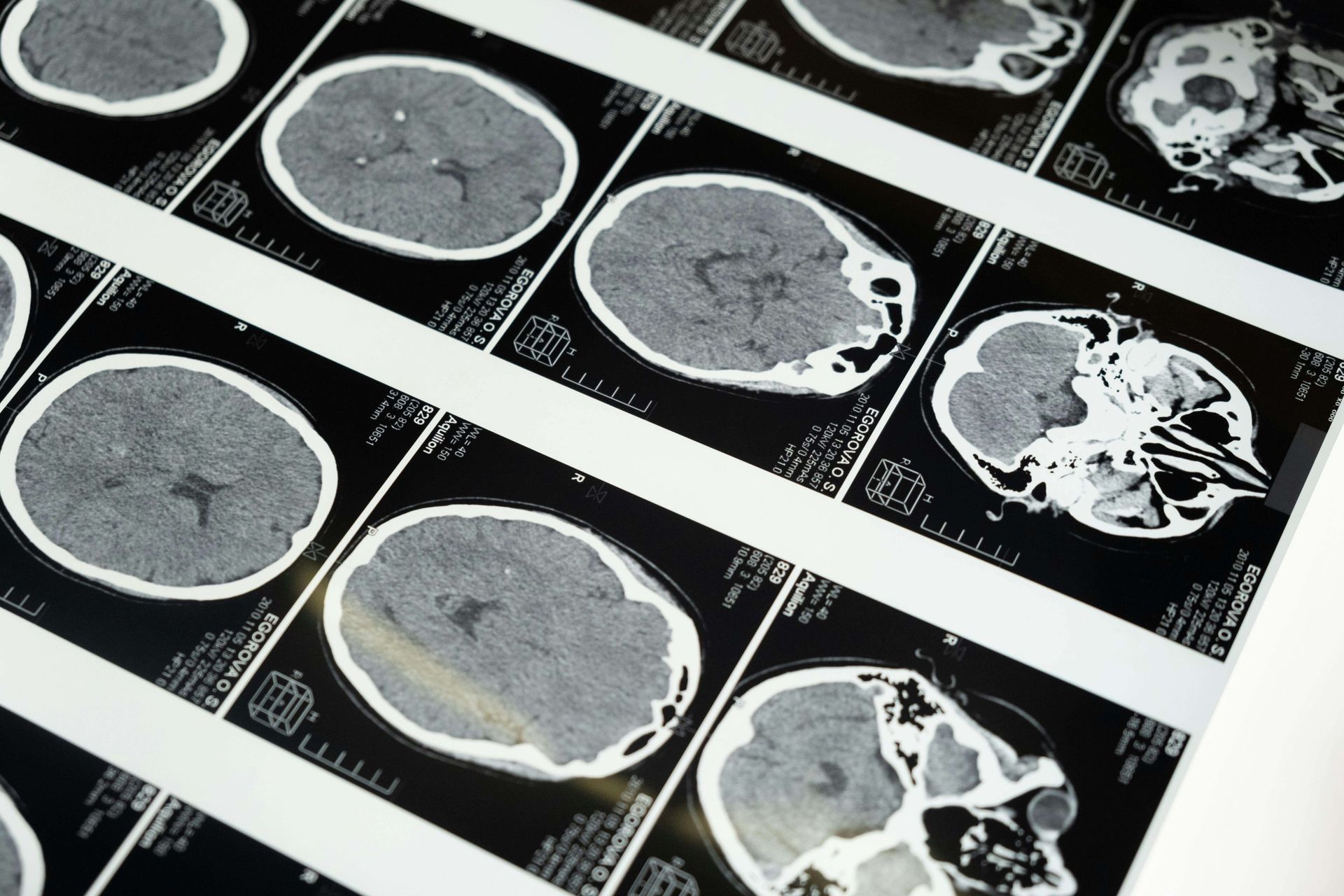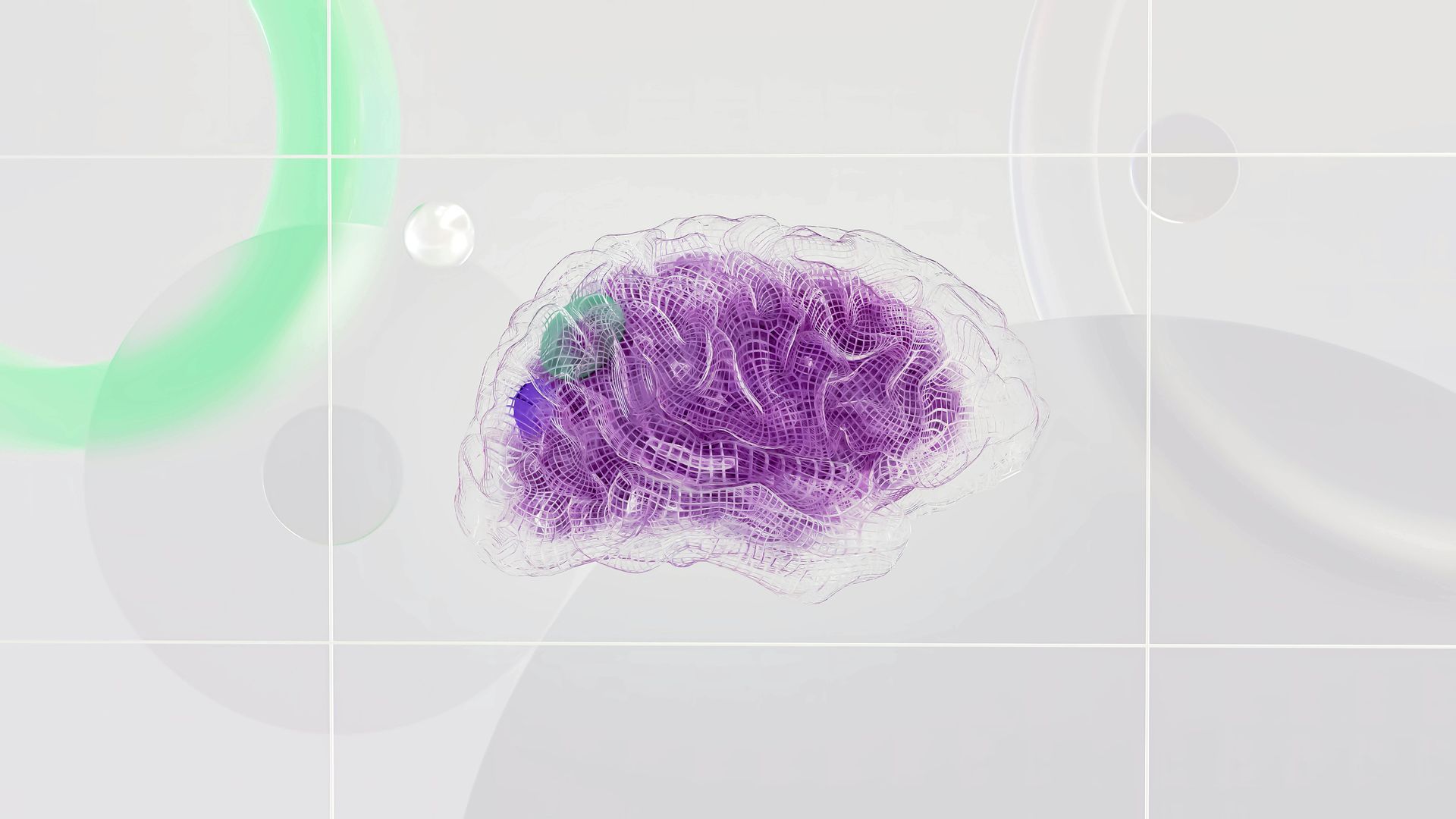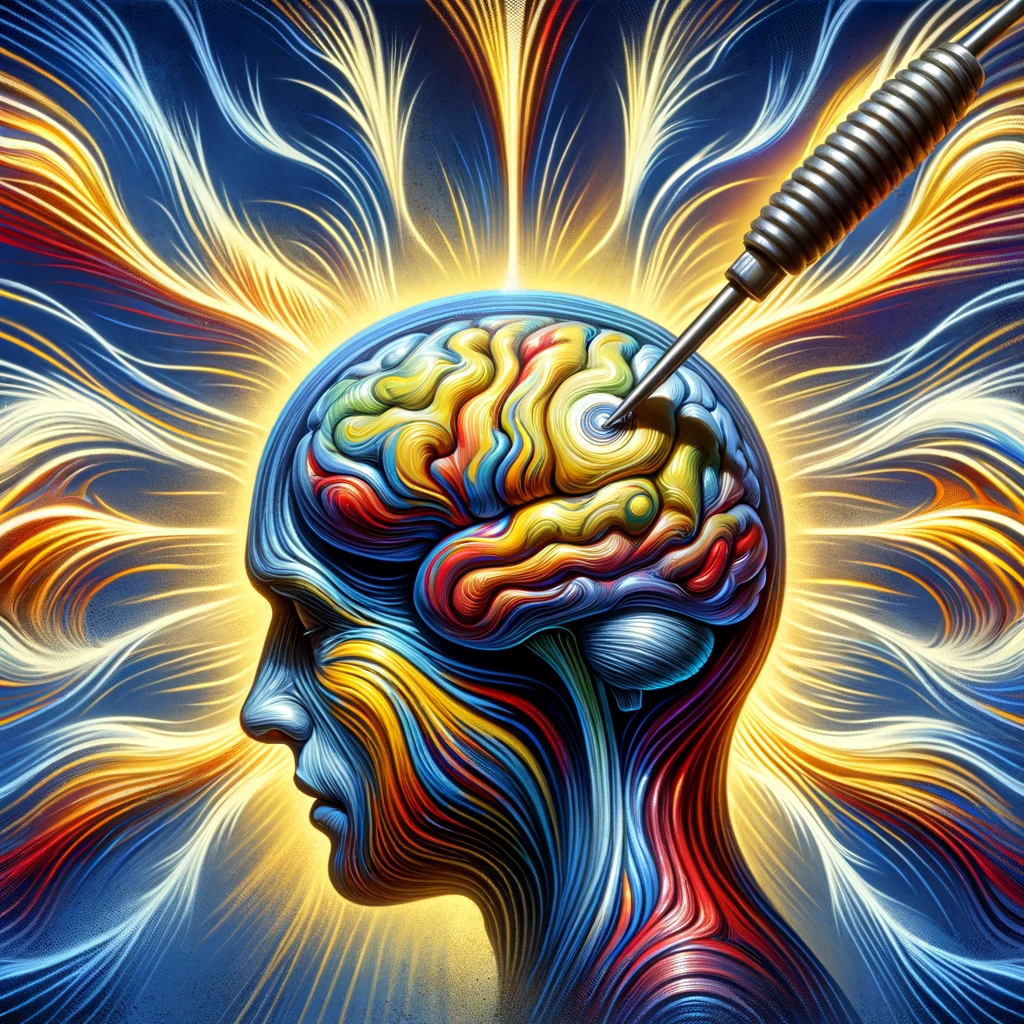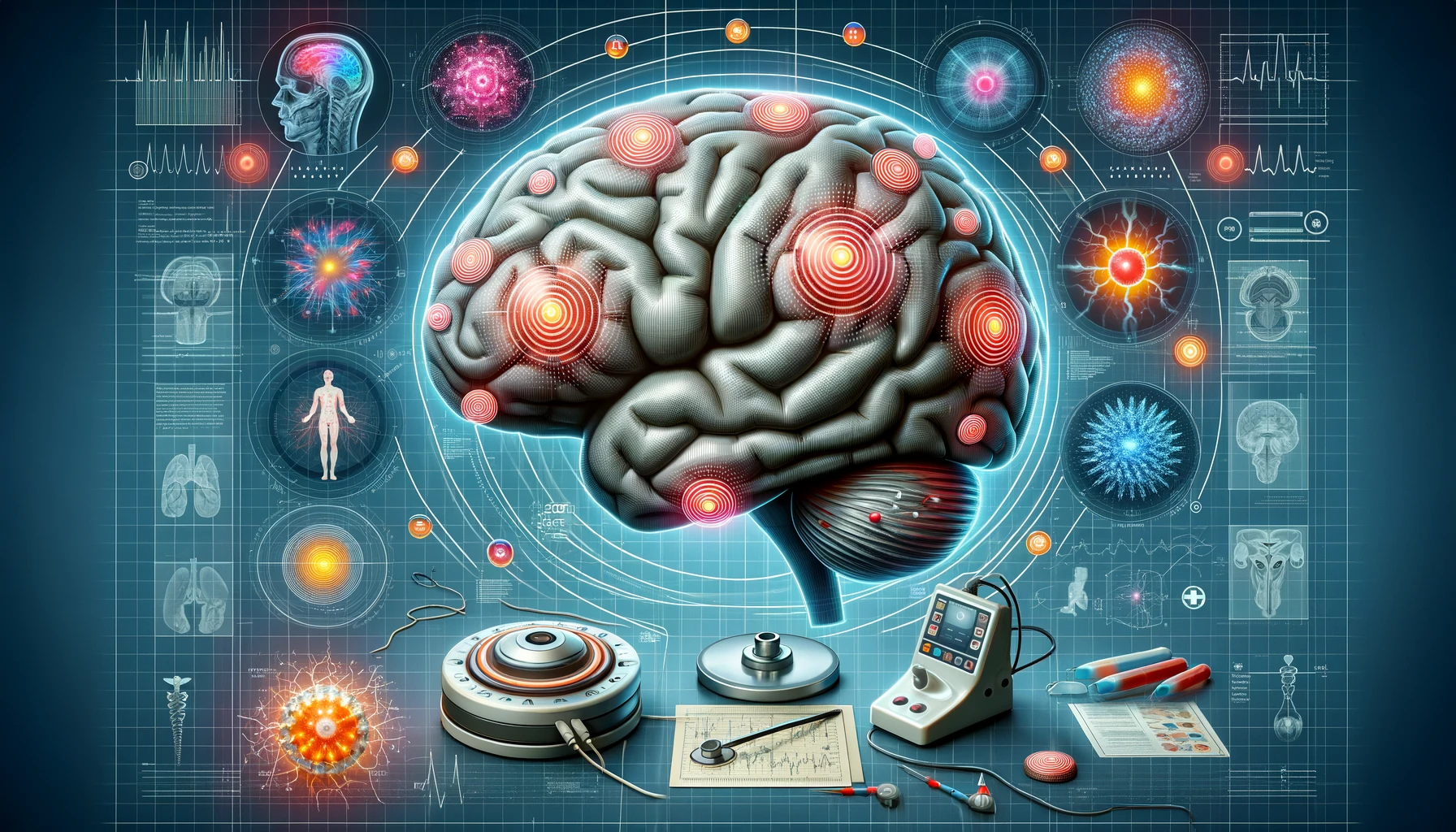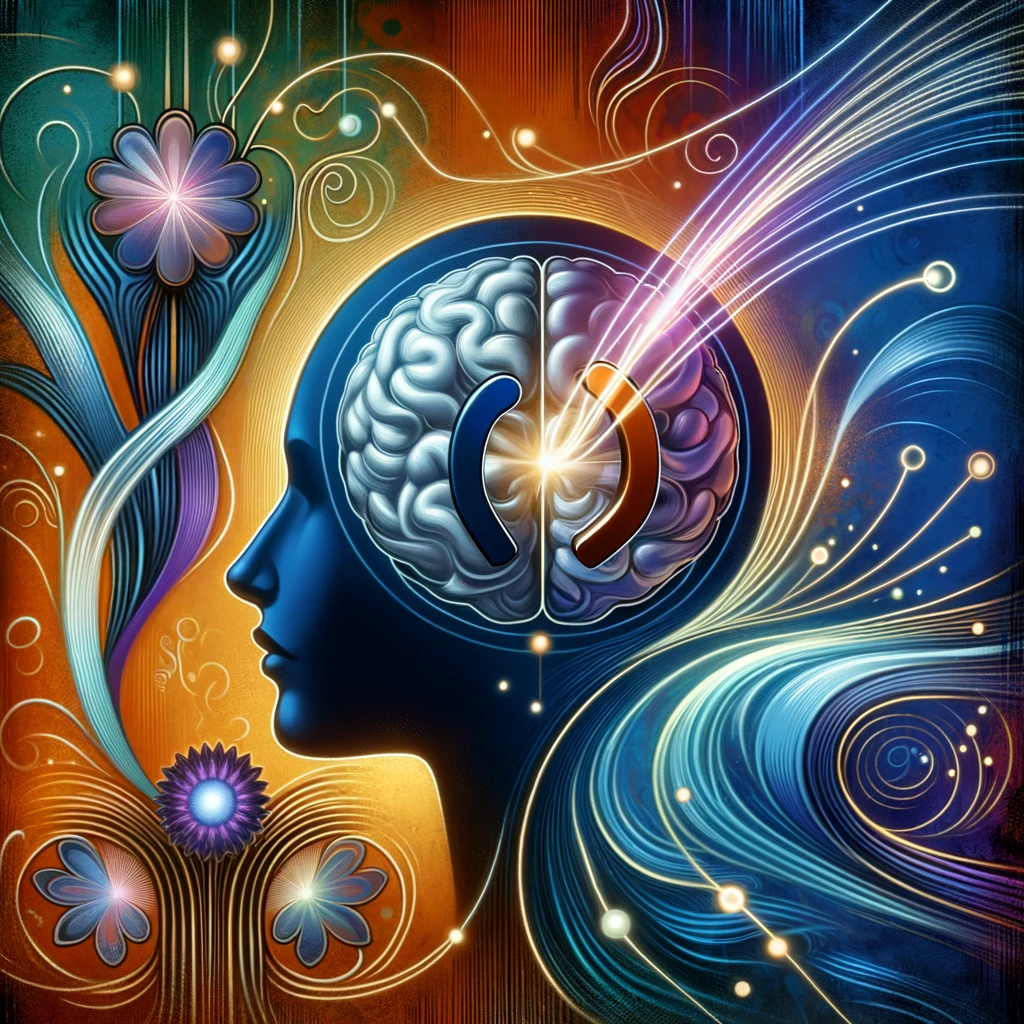
The Burden of Addiction Addiction is a complex condition, a brain disorder that is manifested by compulsive substance use despite harmful consequences. Millions of people worldwide suffer from various forms of addiction, including alcohol, drugs, and behavioural addictions, leading to significant personal, social, and economic costs. Traditional treatments have been only partially successful, with high rates of relapse being a major challenge. Recent advancements in neuromodulation, particularly repetitive Transcranial Magnetic Stimulation (rTMS), offer new hope. rTMS is a non-invasive treatment method and in the recent years it has shown promise in effectively targeting the neurobiological roots of addiction. Understanding Addiction and Its Current Treatments At its core, addiction is a neurobiological disease. It hijacks the brain's reward system, leading to altered thinking, behaviour, and body functions. Drugs and addictive behaviours stimulate this system, producing temporary feelings of pleasure (‘the reward’) but at a high long-term cost, including the potential for developing tolerance and dependence. Current treatments focus on managing withdrawal symptoms and preventing relapse through a combination of pharmacotherapy, behavioural therapy, and support groups. However, these interventions often fall short in fully addressing the neurobiological alterations, leading to a cycle of recovery and relapse. The limitations of these treatments highlight the need for approaches that can directly target the modified brain neurobiology in patients suffering from addictions and rTMS is a new, promising and non-invasive treatment avenue. The Neurobiology of Addiction and the Reward Circuit Research led by Dr. Nora Volkow and colleagues suggests that addiction profoundly alters the functional architecture of the brain's reward circuit. These findings are summarised in a review article published by Volkow et al in The Journal of clinical investigation: “The addicted human brain: insights from imaging studies”. Utilizing functional MRI (fMRI) studies, has been pivotal in demonstrating how addiction leads to these neurobiological changes. One significant finding is the key role played by the prefrontal cortex, a region critical for decision-making, impulse control, and self-regulation. Functional imaging studies have shown that during drug intoxication, or during craving, these frontal regions become activated as part of a complex pattern that includes brain circuits involved with reward (nucleus accumbens), motivation (orbitofrontal cortex), memory (amygdala and hippocampus), and cognitive control (prefrontal cortex and cingulate gyrus). Volkow's research highlights that this dysregulation in the reward circuit is not just a matter of one region but involves the complex interplay between various parts of the brain. For instance, while there's reduced activity in the prefrontal cortex, there's often enhanced activity in areas of the brain associated with emotional processing and memory, which can trigger strong cravings when exposed to cues associated with the addictive substance or behaviour. How rTMS Works to Address Addiction Repetitive Transcranial Magnetic Stimulation (rTMS) offers a promising approach to restoring balance within these disrupted neurocircuits. rTMS uses magnetic fields to stimulate specific regions of the brain. In the context of addiction treatment, rTMS is primarily targeted at the prefrontal cortex to modulate its activity. The goal is to increase the activity of the dorsolateral pre-frontal cortex (DLPFC), thereby enhancing its regulatory control over the reward circuit and reducing the compulsive behaviour characteristic of addiction. The mechanism by which rTMS exerts its effects is believed to involve the induction of long-term potentiation (LTP) or long-term depression (LTD) in the neurons of the targeted area. These processes can lead to lasting changes in brain activity, essentially helping to "reset" the reward circuit's dysregulated state. By directly modulating the activity of the prefrontal cortex and potentially other regions involved in the reward circuit, rTMS is believed to mitigate the altered reward sensitivity and impaired impulse control that underpin addiction. Current Evidence and Research on rTMS for Addiction A growing body of research supports the use of rTMS in treating various forms of addiction. Studies have investigated the effects of rTMS on craving reduction, treatment duration, side effects, and overall outcomes. For instance, clinical trials have shown that rTMS, particularly when applied to the dorsolateral prefrontal cortex (DLPFC), can significantly reduce cravings in individuals with substance use disorders. These effects have been observed across various substances, including nicotine, alcohol, and cocaine. The typical duration of rTMS treatment for addiction varies but often involves daily sessions over a period of 3 to 6 weeks. Side effects are generally mild and may include headache or discomfort at the stimulation site. Importantly, the effectiveness of rTMS in reducing cravings and potentially preventing relapse offers a promising adjunct to traditional treatments, addressing the neurobiological alterations at the heart of addiction. Looking to the published literature, there are now many studies concerning rTMS and the treatment of Substance Use Disorders (SUDs). One of the most compelling pieces of evidence for the efficacy of rTMS in the treatment of craving comes from a 2023 paper published in the Lancet by Kan et al: "Effects of repetitive transcranial magnetic stimulation of the left dorsolateral prefrontal cortex on symptom domains in neuropsychiatric disorders: a systematic review and cross-diagnostic meta-analysis". The authors refined over 9000 studies down to 174 that met their inclusion criteria, these with 7905 patients. These patients were treated for a variety of diagnoses and were clustered by symptom domain. The active rTMS treatment was compared against sham (or placebo) treatment. The largest effect size for a positive outcome from the rTMS treatment was for craving, with depression having a medium effect size. Difficulties such as anxiety, pain and cognitive issues yielded a small effect size. The paper has a particularly good graphic representation of effect size v symptom type. From the beginning of 2024, we have another systematic review and meta-analysis, this time focussing on addiction, and published in Neuropsychopharmacology by Mehta et al: "A systematic review and meta-analysis of neuromodulation therapies for substance use disorders". In this study, the authors looked at rTMS, but also other therapies, namely Transcranial Direct Current stimulation (tDCS) and Deep Brain Stimulation (DBS). The authors found 94 suitable studies, of which 51 concerned rTMS, these featuring 2406 participants. 16 studies investigated the effects of rTMS on alcohol use disorder, another 16 concerned tobacco, with 8 for methamphetamine, 6 for cocaine, 4 for opioids and 2 for cannabis. The authors found a positive impact for rTMS with effect sizes being "clinically relevant" but with the usual problem inherent in the research base. This they refer to as the "heterogeneity of the published literature". That is, that the studies included patients treated with just 1 active TMS session, through to a more normal 10 to 20 treatment sessions, with one paper having 40 sessions. In addition, the number of magnetic pulses in each treatment session is not specified. The stimulus intensity varied between 90 and 110% and the frequency varied from the typical 10 or 20 Hz to some low frequency usage (1 and 5 Hz) and two papers using 50Hz. In the majority of papers, the Left Dorsolateral Prefrontal Cortex (DLPFC) was stimulated, but in some they treated the Right DLPFC (or both sides) and with a few studies stimulating other brain areas. For the interested reader, there is a consensus paper from 2019, looking at the detail of research into transcranial magnetic (and electrical) stimulation in addiction medicine. The group responsible for the paper being INTAM (International Network of tES/TMS Trials for Addiction Medicine). Published in Neuroscience and Biobehavioural Reviews by Ekhtiari and approaching eighty collaborators: "Transcranial electrical and magnetic stimulation (tES and TMS) for addiction medicine: A consensus paper on the present state of science and the road ahead". The paper looks at some of the technical specifications involved in the treatments and ways of administering sham treatment. There is also a summary of the various brain areas targeted in TMS and international comparisons. Endpoints are considered, such as craving tools and biochemical markers. Another factor, well described, is the timing of the TMS treatment, for example as a pre-treatment intervention, an intervention during detoxification or an intervention during long-term recovery. Also considered is how TMS may combine with other treatments, particularly psychosocial interventions. Research is ongoing to optimize rTMS protocols, including determining the most effective stimulation sites, frequencies, and durations of treatment for different forms of addiction. As this body of evidence grows, rTMS stands out as a valuable tool in the addiction treatment arsenal, offering hope for more effective management of this challenging condition. References 1. Volkow, Nora D et al. “The addicted human brain: insights from imaging studies.” The Journal of clinical investigation vol. 111,10 (2003): 1444-51. doi:10.1172/JCI18533 https://www.ncbi.nlm.nih.gov/pmc/articles/PMC155054/pdf/JCI0318533.pdf 2. Effects of repetitive transcranial magnetic stimulation of the left dorsolateral prefrontal cortex on symptom domains in neuropsychiatric disorders: systematic review and cross-diagnostic meta-analysis. Kan LD et al. Lancet Psychiatry 2023; 10: 252-59 https://doi.org/10.1016/S2215-0366(23)00026-3 3. A systematic review and meta-analysis of neuromodulation therapies for substance use disorders. Mehta DD et al. Neuropsychopharmacology 2024; 49: 649-680 (published online 12 December 2023) https://doi.org/10.1038/s41386-023-01776-0 4. Transcranial electrical and magnetic stimulation (tES and TMS) for addiction medicine: A consensus paper on the present state of the science and the road ahead. Ekhtiari h et al. Neuroscience and Biobehavioral Reviews 2019; 104: 118-140. https://doi.org/10.1016/j.neurobiorev.2019.06.007

